A well-designed study room balances functionality, comfort, and personal style to foster focus and productivity. From minimalist layouts that emphasize clean lines and neutral palettes to vibrant accent walls that infuse energy, there are countless ways to tailor a space to your needs. Incorporating natural light, ergonomic furniture, and smart storage solutions ensures that everything you need is within reach without cluttering the room. Whether you have a spacious loft or a small nook, thoughtful use of color, materials, and lighting can transform any corner into an inspiring study area. Below are 20 distinct ideas to help you create a study room that enhances concentration and reflects your taste.
1. Minimalist Study Room
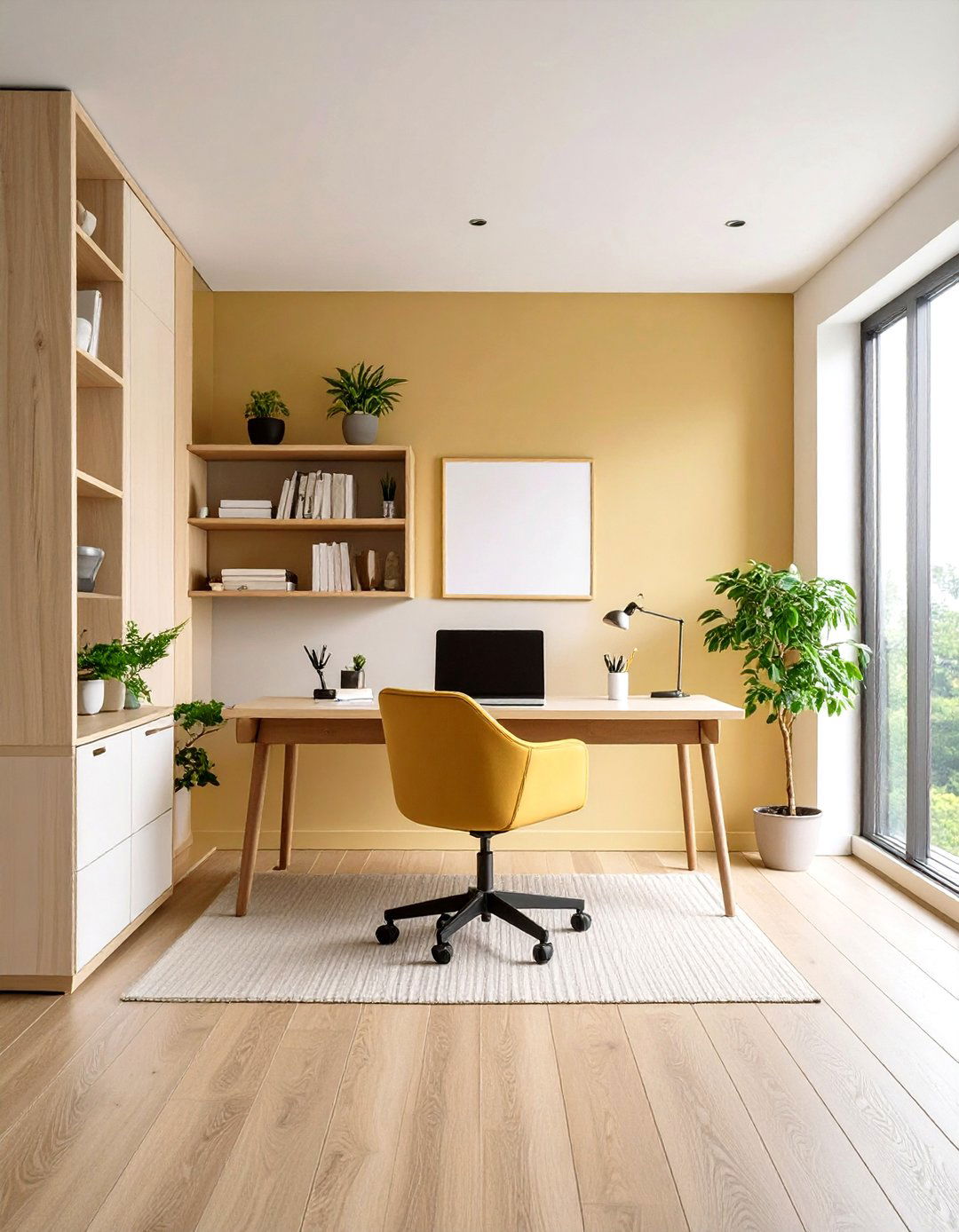
Embrace simplicity with a minimalist study room by choosing furniture with clean lines, a neutral color palette, and minimal décor to reduce distractions and create a calm atmosphere. Opt for a sleek desk and a simple ergonomic chair, paired with hidden storage solutions like built-in drawers to keep surfaces clear. Incorporate one or two personal touches—a small plant or an abstract wall print—to add warmth without overwhelming the space. Focus on essential elements only, and allow negative space to enhance mental clarity and promote sustained concentration.
2. Scandinavian-Inspired Workspace
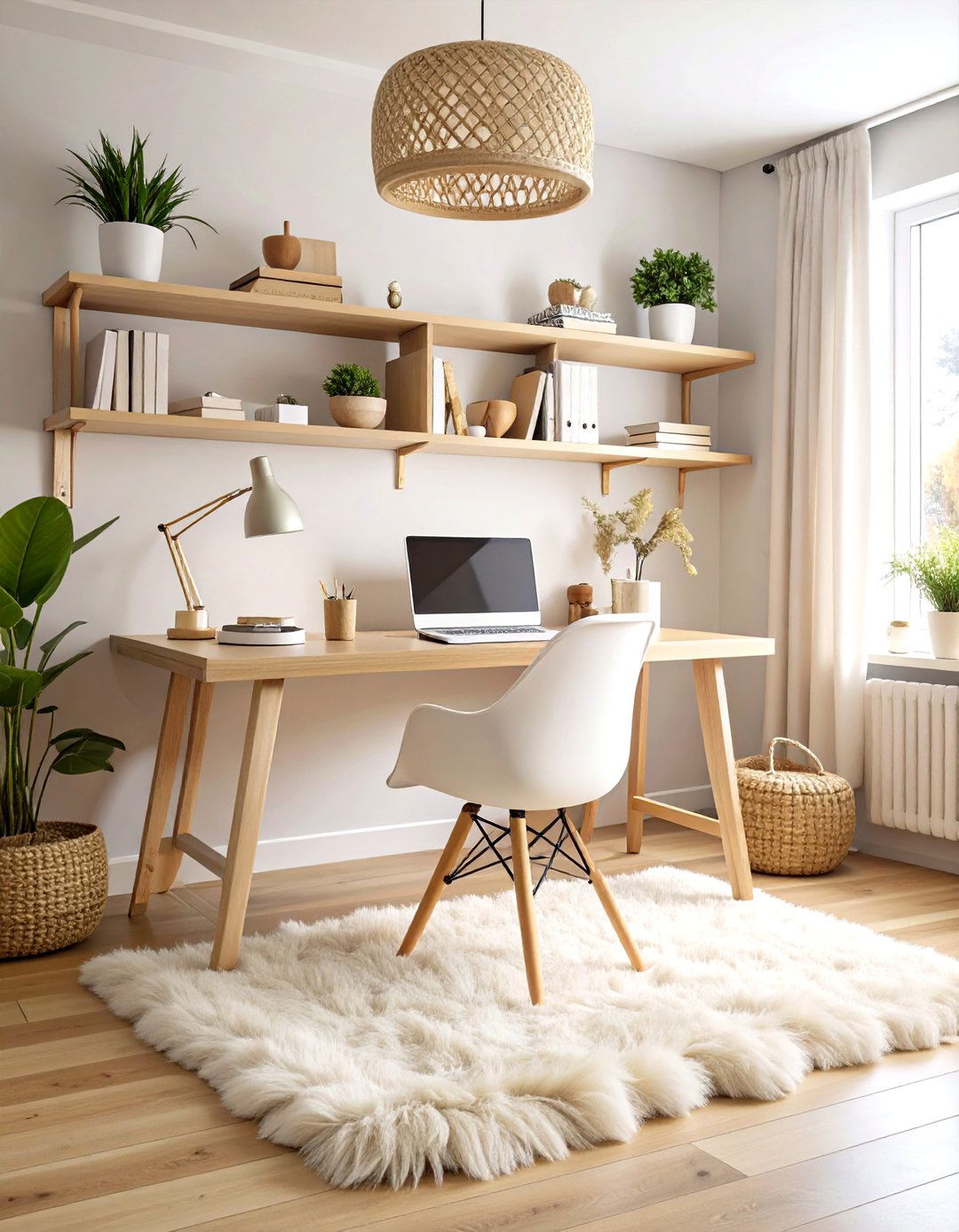
A Scandinavian-inspired study room combines functionality and coziness through light woods, crisp whites, and soft textiles. Choose a blonde wood desk and a white chair, then layer in a faux-sheepskin rug and linen curtains for warmth. Maximize natural light with sheer window treatments, and add open shelving to display books and minimalist décor. This style’s emphasis on hygge—comfort and well-being—creates a welcoming environment that balances productivity with relaxation.
3. Dark Academia Ambiance

Channel the dark academia aesthetic by painting walls in deep, moody tones like forest green or navy, then complementing them with rich wood furniture and brass accents. Incorporate a vintage leather desk chair, a traditional library lamp, and floor-to-ceiling bookshelves filled with hardcovers. Layer in textured elements such as tweed throw blankets and ornate frames to evoke an old-world scholarly feel. This sophisticated look encourages immersion in study and evokes the ambiance of classic university libraries.
4. Bohemian Creative Corner

For a relaxed, eclectic vibe, decorate your study room with bohemian elements—vibrant textiles, macramé wall hangings, and potted plants of varying heights. Mix patterns on cushions and rugs, and choose a carved wood desk paired with a rattan chair to introduce natural textures. String fairy lights or a patterned tapestry behind the desk for an inspiring backdrop. This laid-back, personalized space sparks creativity and makes long study sessions more enjoyable.
5. Industrial-Chic Loft Office

Incorporate industrial design by exposing brick walls, using a metal-frame desk, and installing open pipe shelving for storage. Pair these raw materials with a warm wood desktop and an adjustable task lamp. Concrete or reclaimed wood floors enhance the loft-style feel, while Edison bulb fixtures add character. This style’s utilitarian roots highlight function, making it ideal for a study room focused on practical work and a modern urban aesthetic.
6. Rustic Woodland Retreat
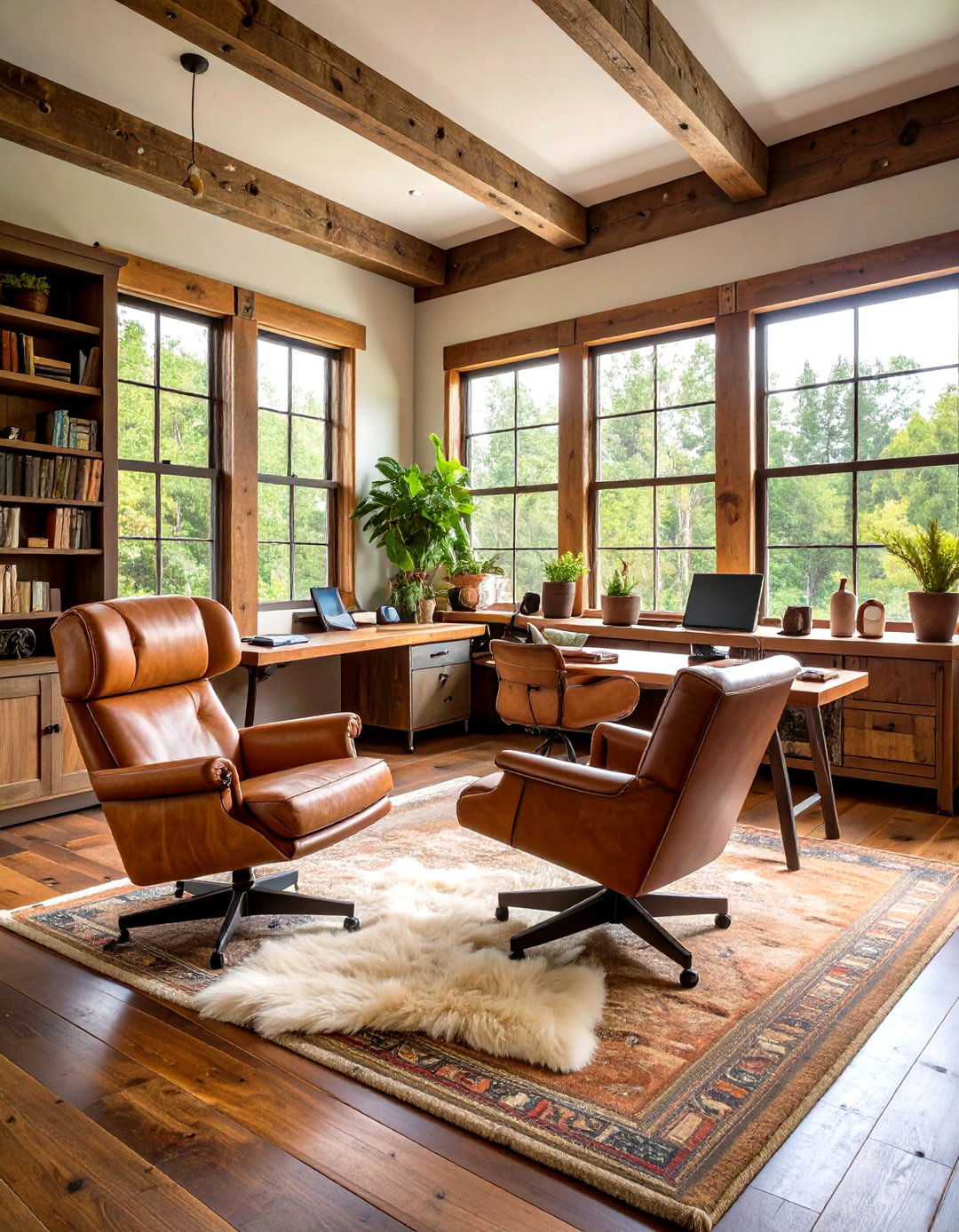
Create a cozy rustic retreat with reclaimed wood furniture, antler or rope accents, and earth-tone textiles. Install a chunky timber desk and a leather swivel chair, and add woven baskets for storage. Accent the room with nature-inspired art and a sheepskin rug to evoke the warmth of a cabin in the woods. This tranquil environment brings the outdoors inside, promoting a sense of calm and grounding during study sessions.
7. Mid-Century Modern Study
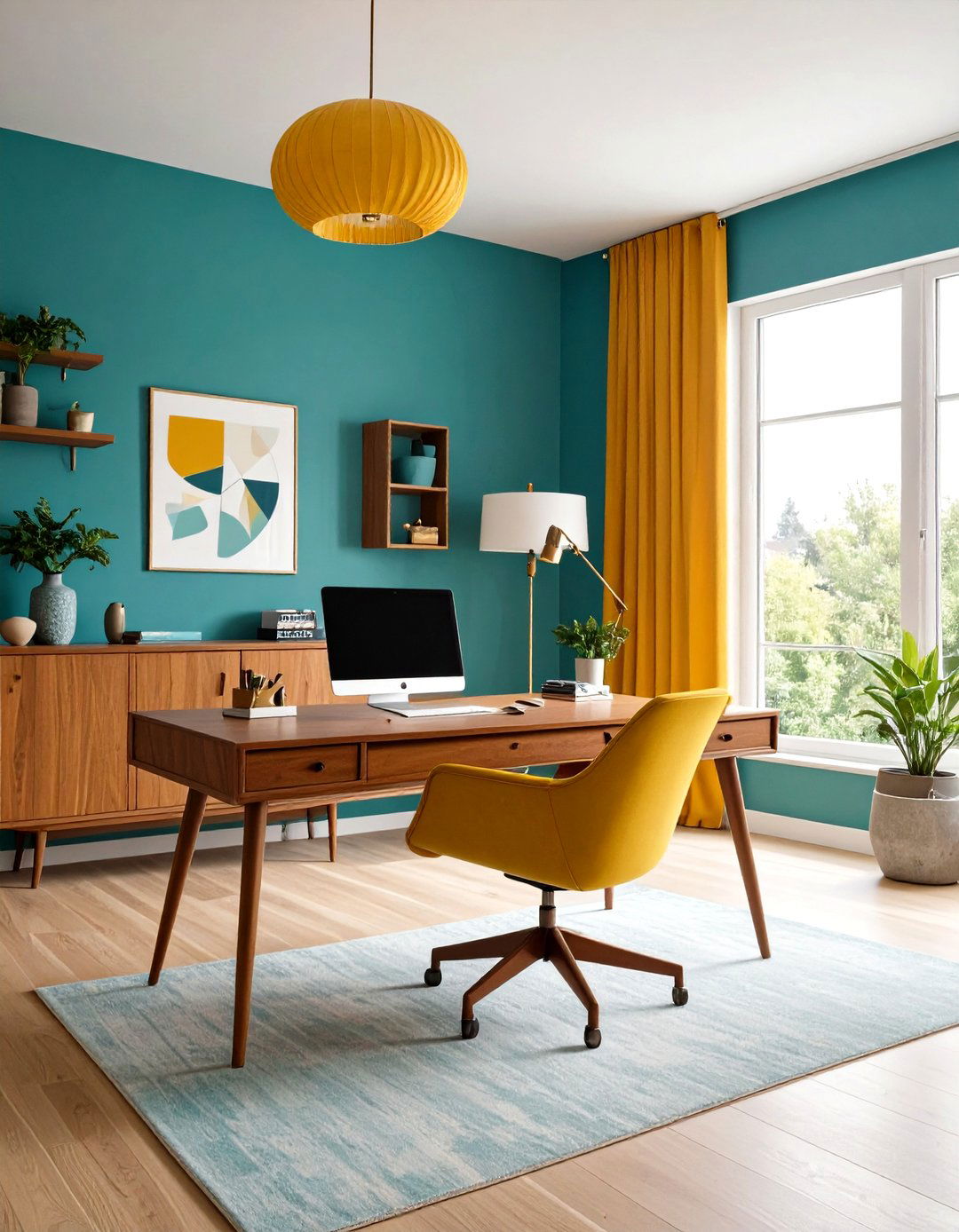
Opt for iconic mid-century pieces—think a teak desk, an Eames-style chair, and geometric décor. Choose clean shapes and tapered legs, and stick to a muted color palette with pops of mustard, olive, or teal. A starburst clock or abstract print adds retro flair. The balance of form and function in mid-century design creates a stylish yet efficient workspace.
8. Compact Nook Conversion

Maximize a small corner or closet by installing a fold-down desk and floating shelves. Paint the interior a bright color to differentiate it from the surrounding space, and use under-desk storage bins to keep supplies organized. A small task lamp attached to the wall and a slim-profile chair complete this efficient setup, proving that even a tight nook can become a dedicated study area.
9. Clutter-Free Command Center
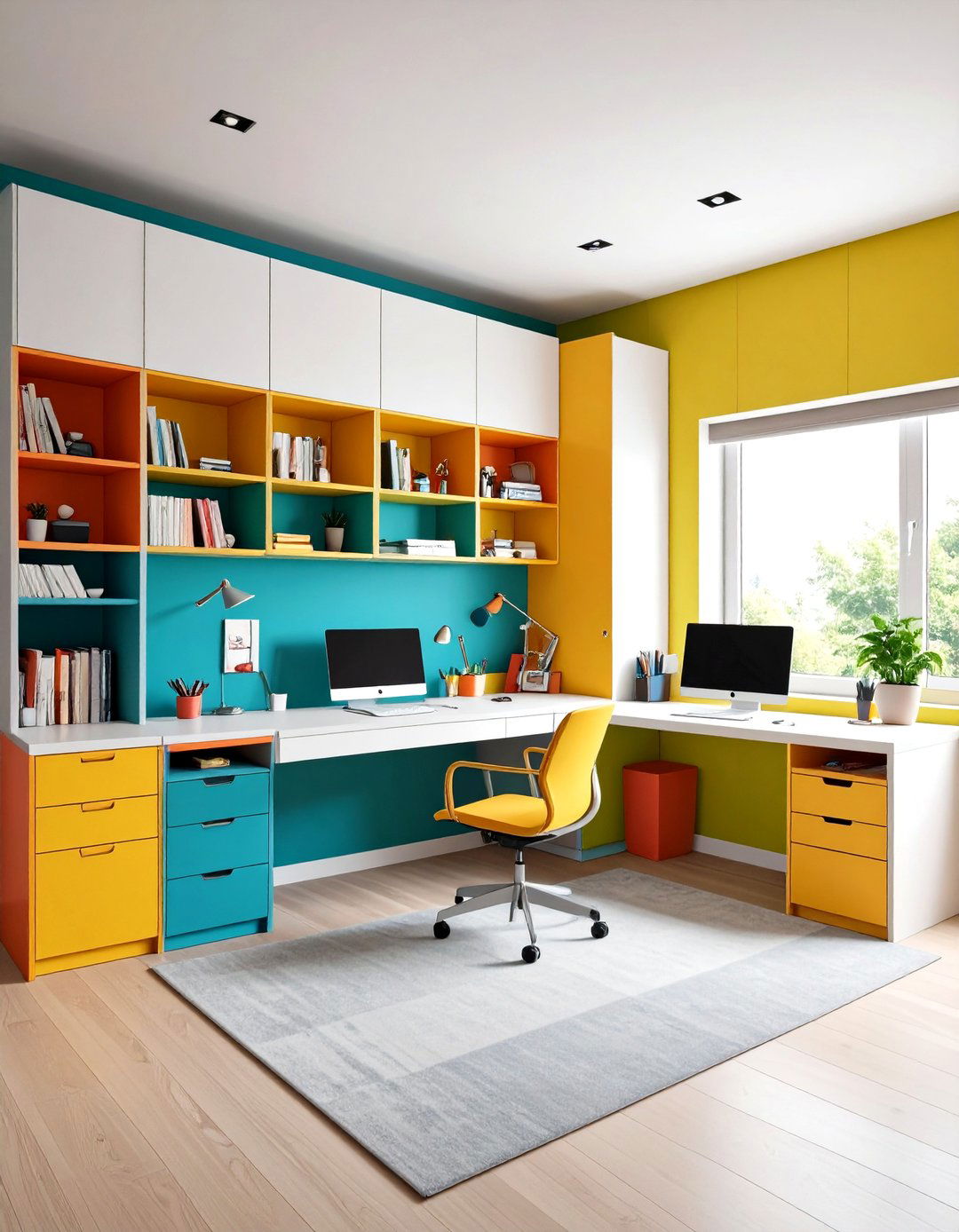
Implement hidden storage—built-in cabinets, under-desk drawers, and wall-mounted organizers—to maintain a clutter-free workspace. Label files and use cable management systems to keep cords out of sight. A clear desktop with only essential items allows you to focus on tasks without visual distractions. Regular tidying routines ensure the room remains a stress-free zone.
10. Built-In Bookshelf Wall
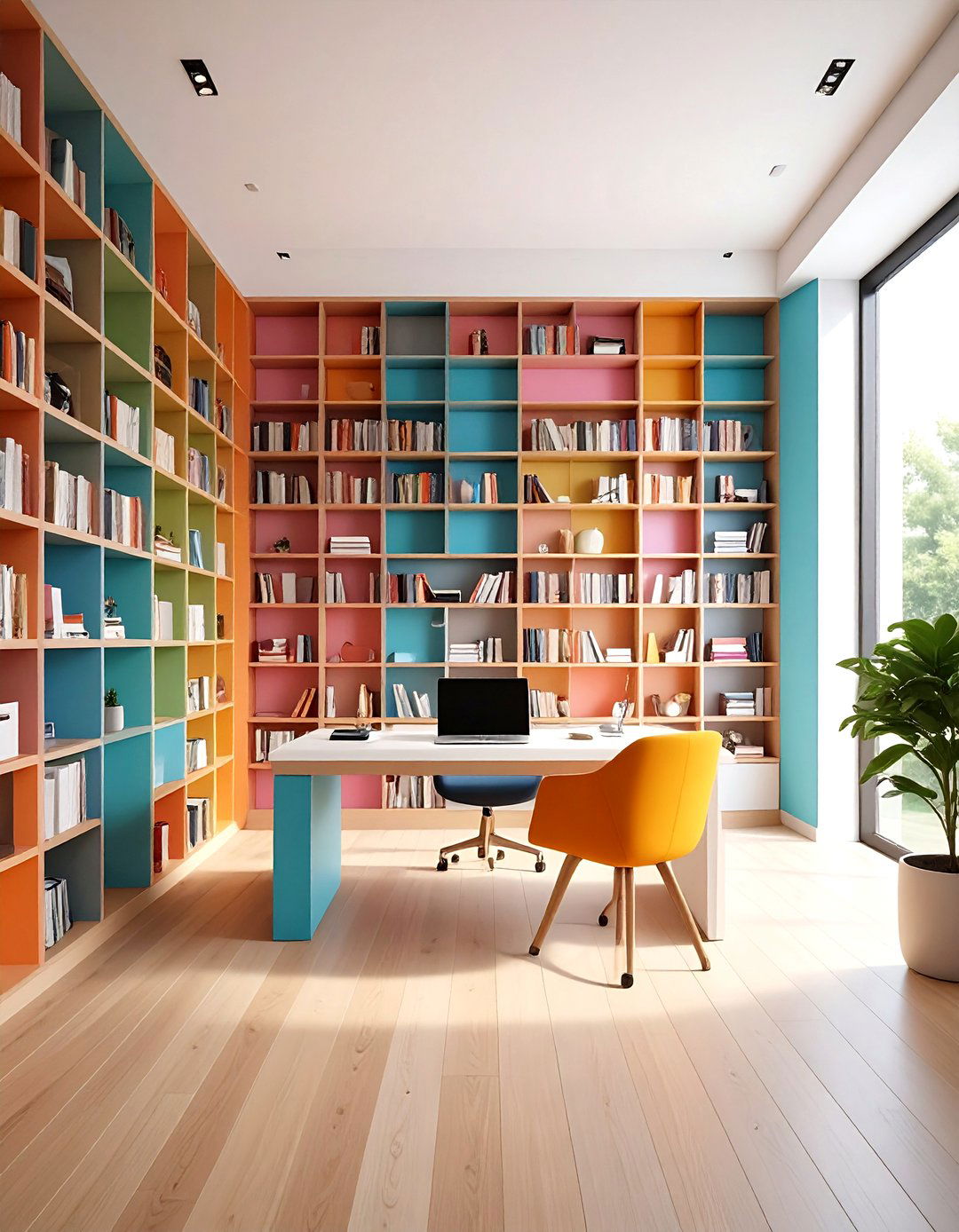
Install floor-to-ceiling built-in bookshelves around your desk to create an immersive library feel and ample storage. Integrate a recessed desk surface between shelves for a cohesive look. Use uniform bookshelving hues for a streamlined appearance, or mix in decorative objects to personalize. This design maximizes vertical space and keeps study materials within easy reach.
11. Natural Light Maximizer

Position a desk near a window to harness daylight, which can boost mood and productivity. Choose translucent window treatments to diffuse light evenly and reduce glare. Complement with a daylight-balanced desk lamp for overcast days. A light-reflective paint color on walls further amplifies brightness, creating an uplifting study environment.
12. Tech-Enabled Smart Study
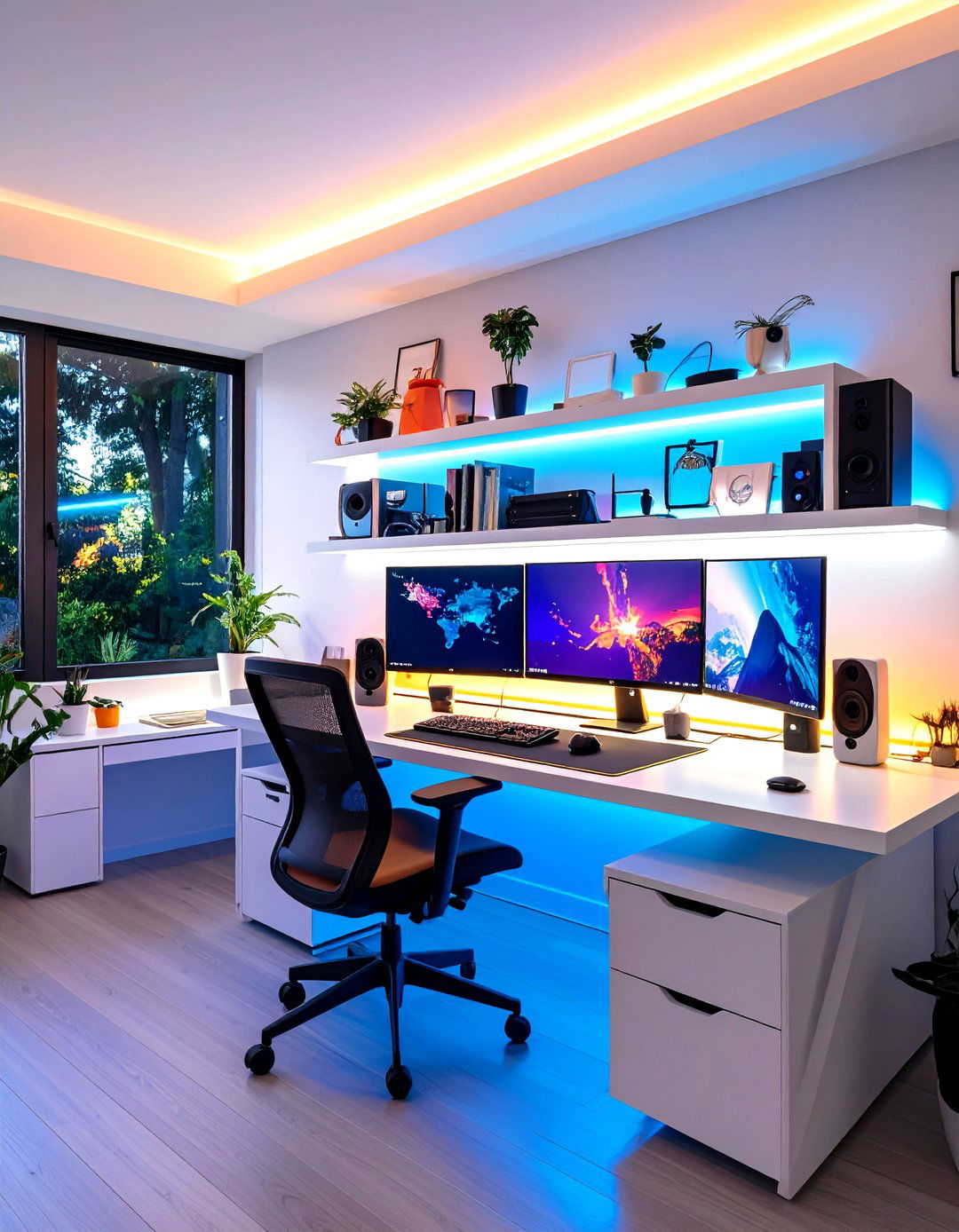
Incorporate smart lighting that adjusts color temperature based on time of day and install USB-integrated desk outlets for seamless device charging. Mount a monitor arm to save desk space and add a wireless charging pad. Use a noise-canceling speaker or smart assistant to manage reminders and play focus-enhancing sounds. This tech-forward setup streamlines work and reduces cable clutter.
13. Cozy Reading Nook

Design a separate reading corner with a comfortable armchair, a small side table, and a floor lamp. Place the nook near a bookshelf or window for natural light. Add soft throw pillows and a blanket to encourage relaxed reading sessions. This dual-purpose area complements the main study desk and offers a change of scenery during breaks.
14. Color-Pop Accent Wall
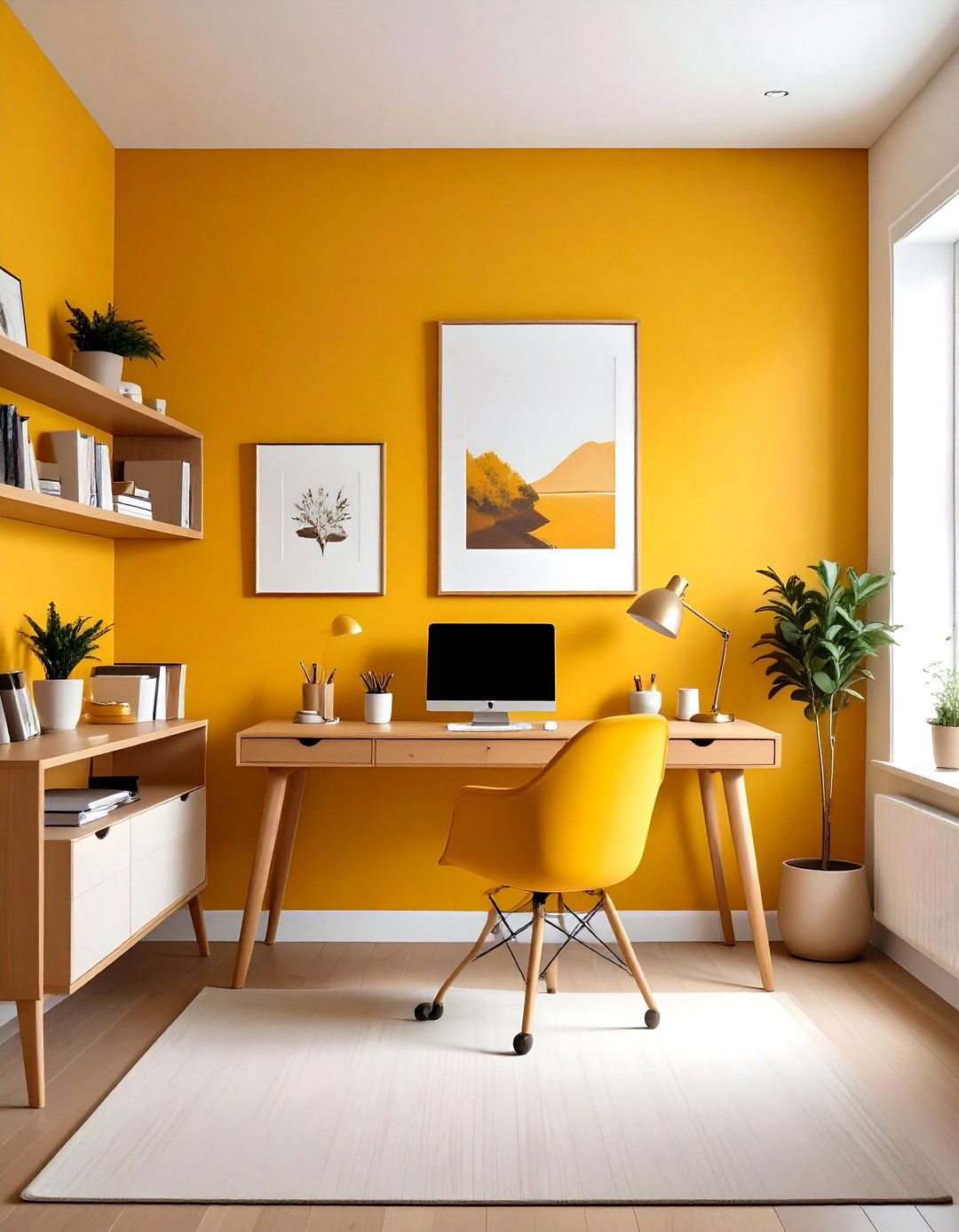
Paint one wall in a bold hue—mustard yellow, teal, or coral—to energize the room and define the study zone. Keep other walls neutral to avoid overwhelming the senses. Frame the accent wall with white trim for contrast, and hang minimal art that complements the chosen color. The pop of color boosts creativity and injects personality.
15. Ergonomic Focus Zone

Invest in an adjustable sit-stand desk and an ergonomic chair with lumbar support. Position the monitor at eye level and use a keyboard tray to maintain proper wrist alignment. Provide a footrest and keep frequently used items within arm’s reach. This emphasis on ergonomics prevents fatigue and supports long study hours.
16. Multi-Functional Furniture
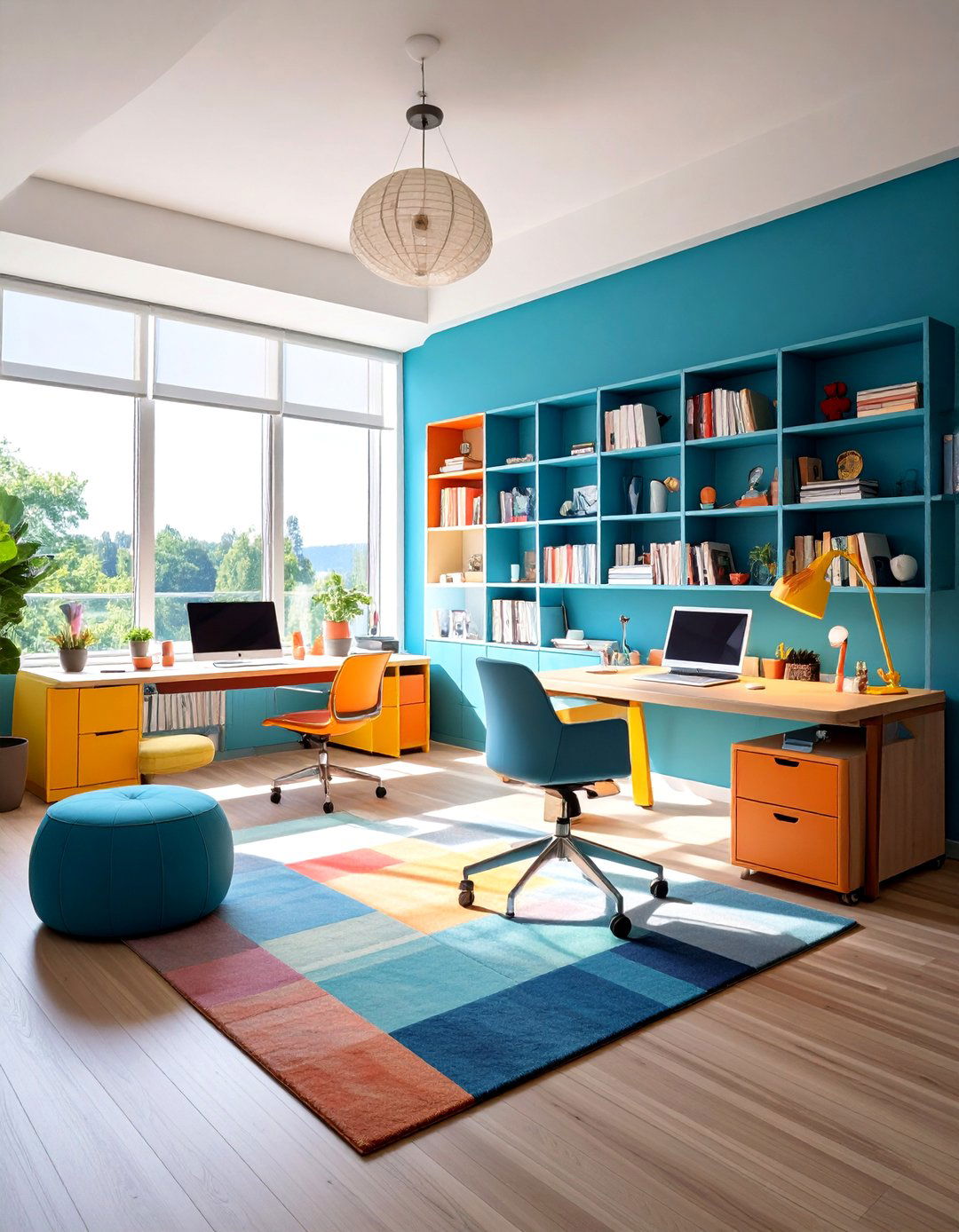
Choose a desk that doubles as a drafting table or includes a fold-out extension for spread-out materials. Select a storage ottoman that serves both as seating and hidden file space. A convertible sofa or daybed can transform the room into a guest space when needed. Versatile pieces adapt to changing requirements and maximize utility.
17. Green Oasis with Plants
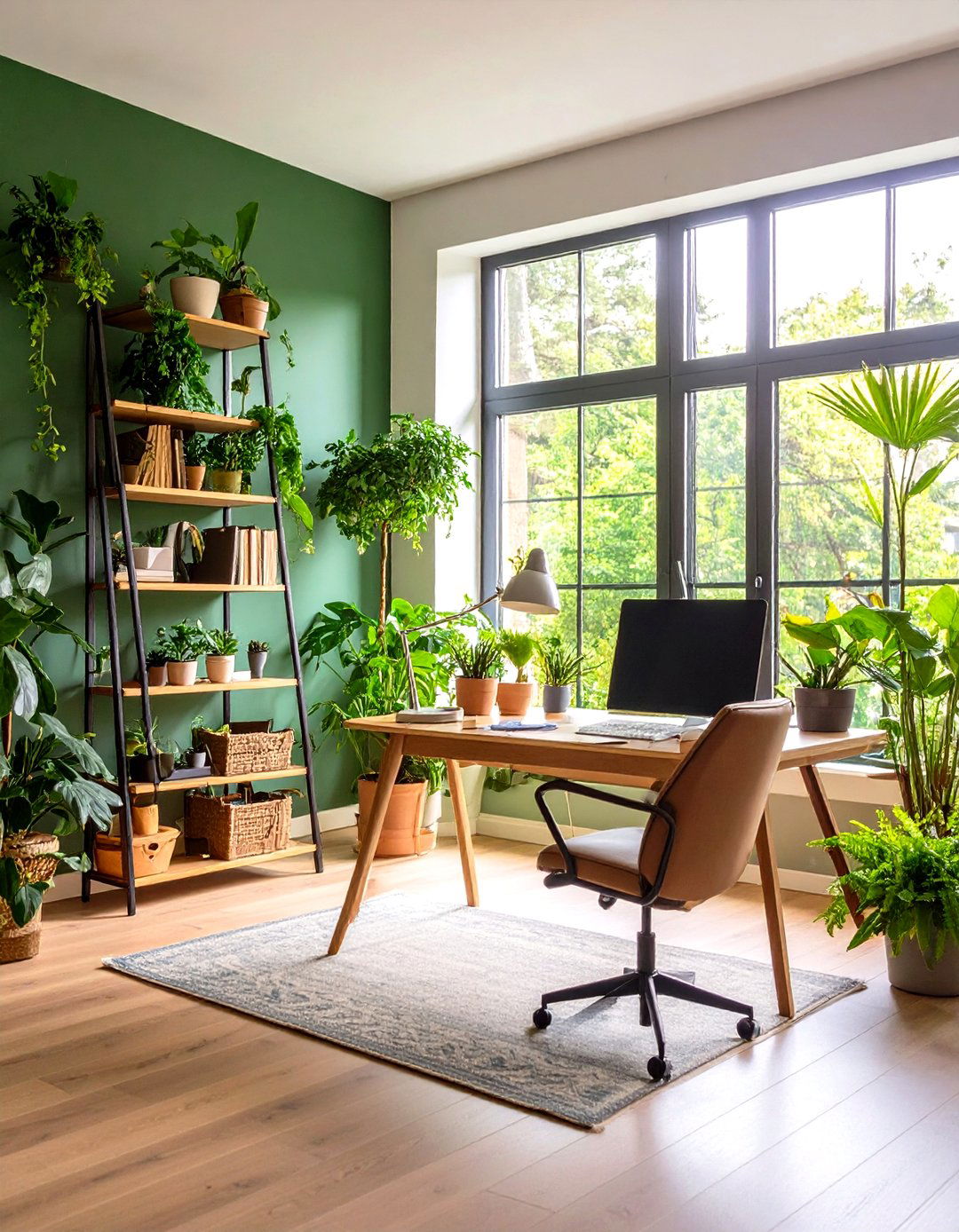
Integrate a variety of indoor plants—snake plants, pothos, and succulents—to purify air and add visual interest. Use wall-mounted planters or a tiered plant stand to conserve floor space. Plants introduce calming greenery, reduce stress, and improve concentration by bringing nature indoors.
18. Accent Wall with Laminate Panels
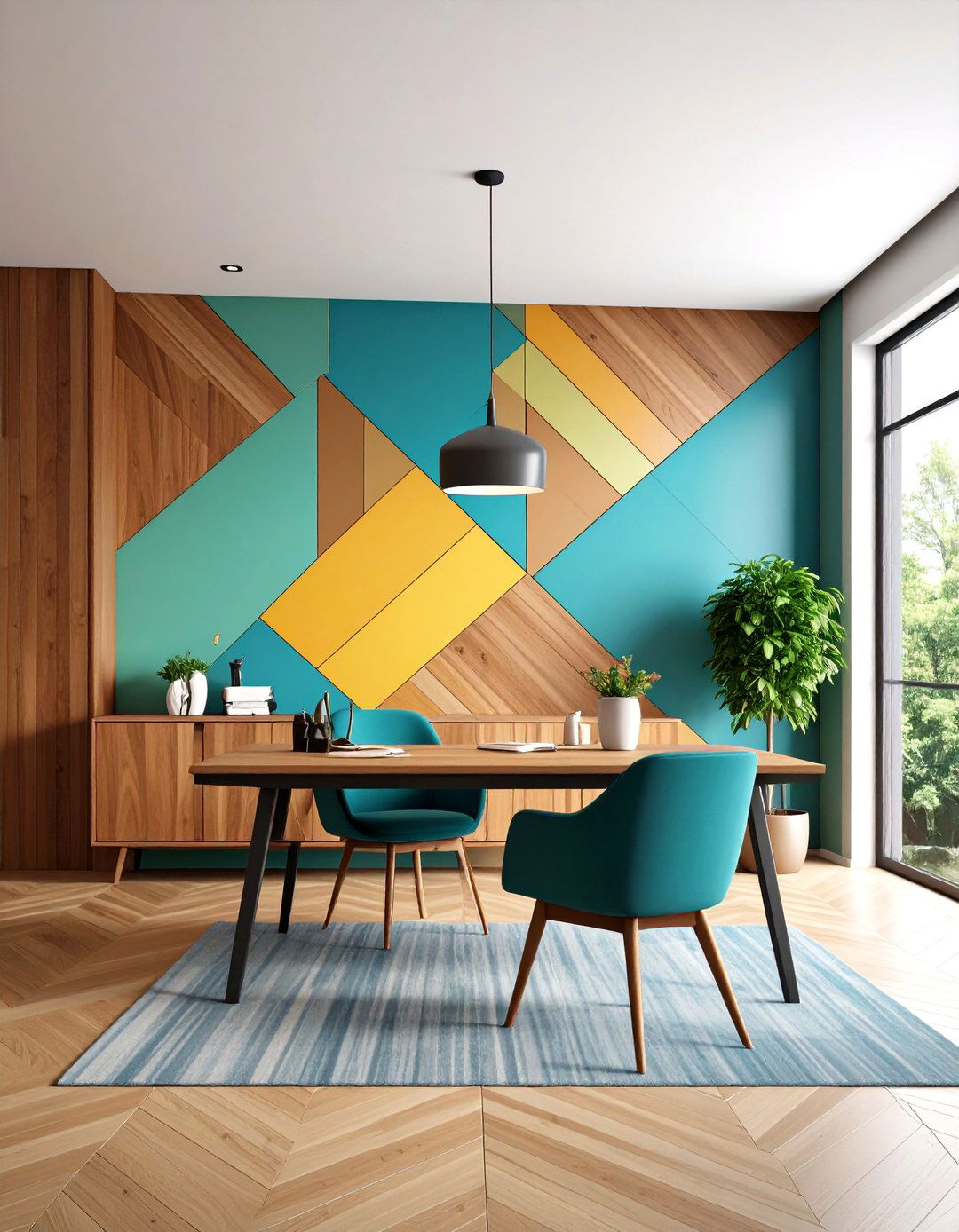
Apply decorative laminate panels on one wall for a modern, textured look. Choose wood-grain or geometric patterns to infuse warmth or visual intrigue. Laminate is durable and easy to clean, making it ideal for high-use areas. This cost-effective accent elevates the room’s style without extensive renovation.
19. Closet-Office Conversion
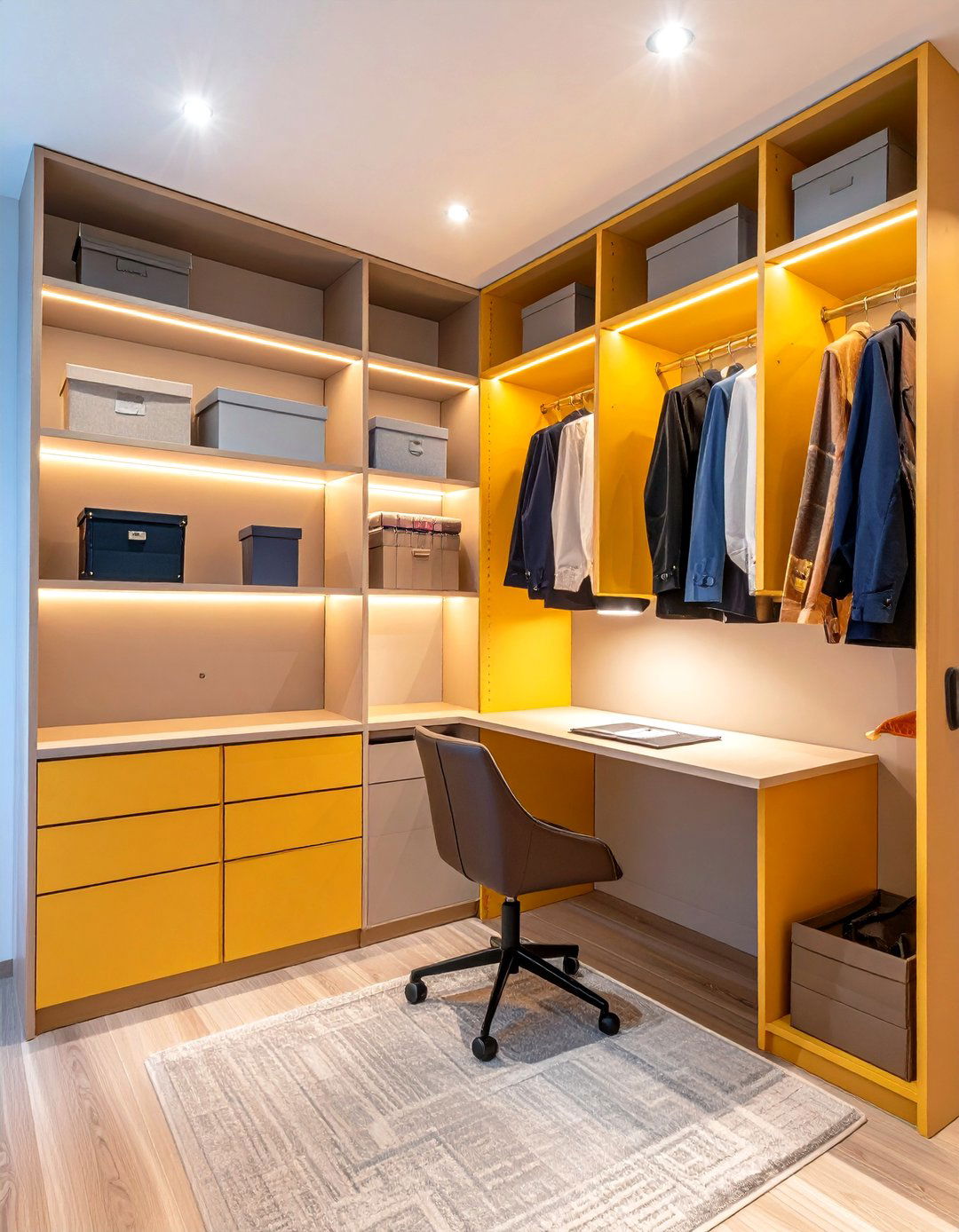
Transform an unused closet into a compact home office by installing a small desk, shelves, and task lighting. Paint the interior a bright color to define the space, and add a curtain or sliding door for privacy. This hidden workspace keeps the main room clutter-free while offering a focused enclave for study.
20. Gallery Wall of Achievements
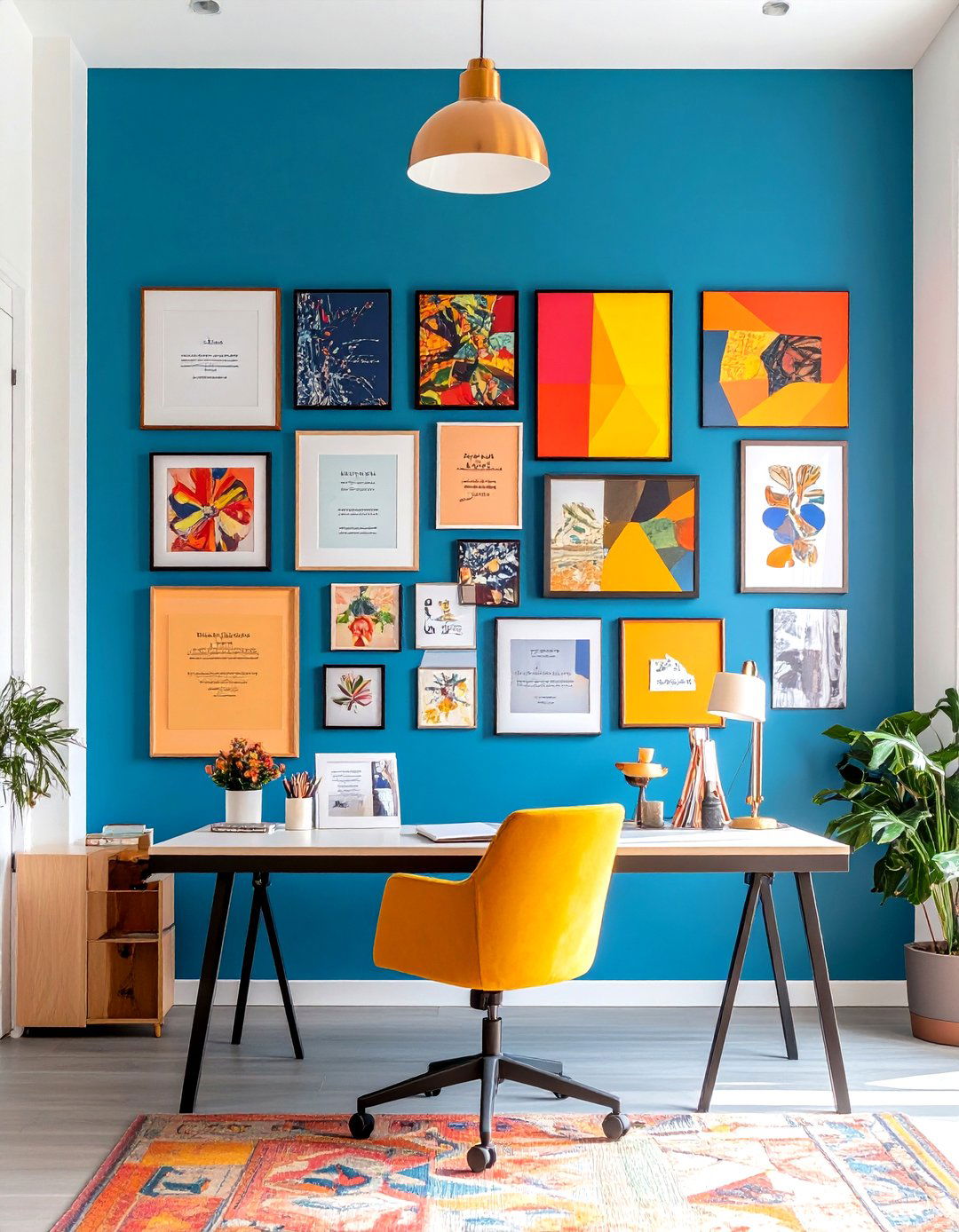
Create a gallery wall above or beside your desk to display certificates, artwork, and inspirational quotes. Mix frame sizes and matting styles for visual interest, but maintain a cohesive color scheme. This personalized display celebrates accomplishments and serves as a motivational backdrop during study sessions.
Conclusion:
Designing the perfect study room requires balancing aesthetics, functionality, and personal preference. Whether you favor minimalist lines or a lush plant-filled oasis, integrating proper lighting, ergonomic furniture, and smart storage lays the foundation for a productive environment. Accent walls, personalized gallery displays, and tech-savvy upgrades further enhance comfort and inspiration. By choosing a style that reflects your personality and optimizing the layout for your workflow, you can create a study space that not only supports your academic or professional goals but also feels uniquely yours.


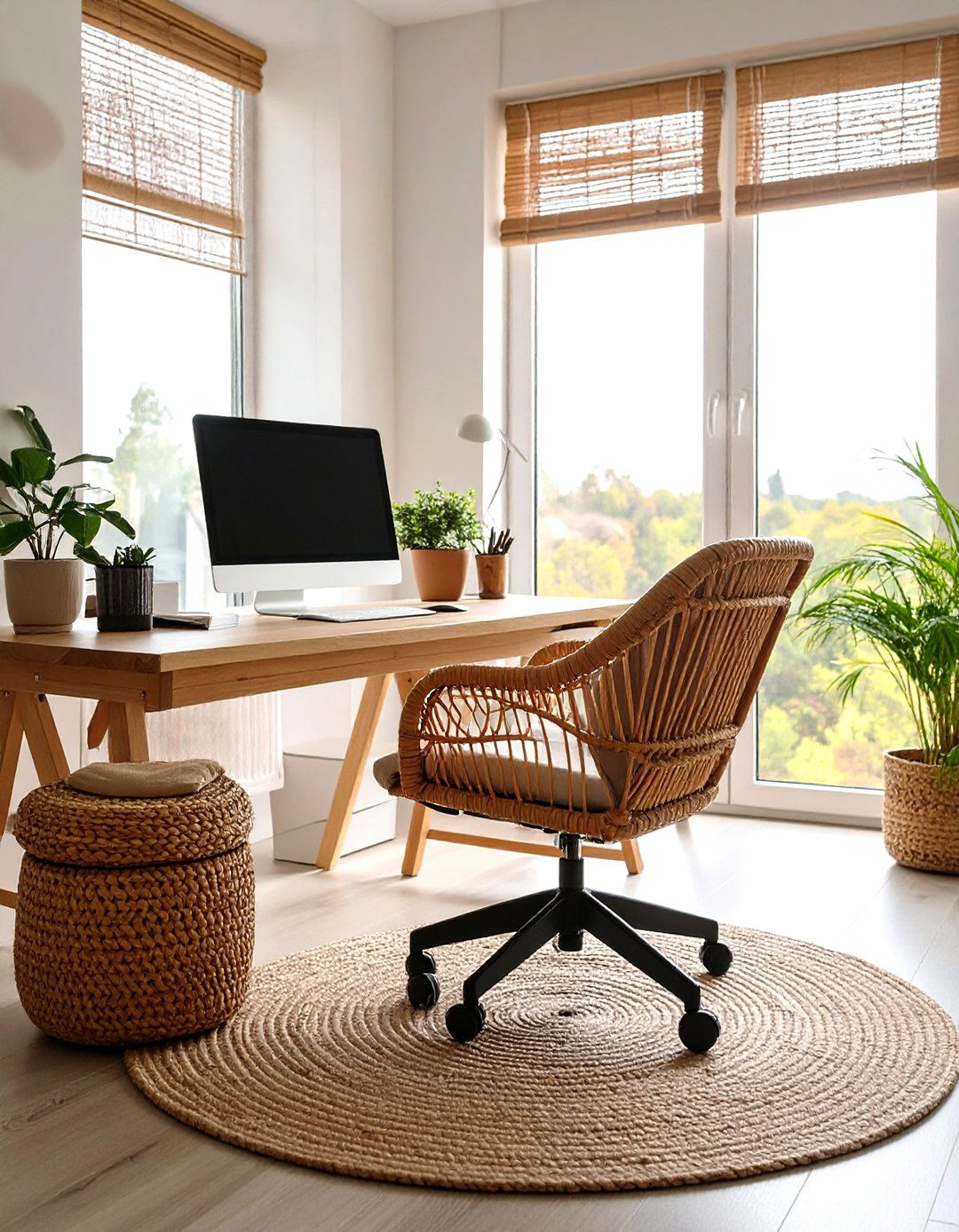

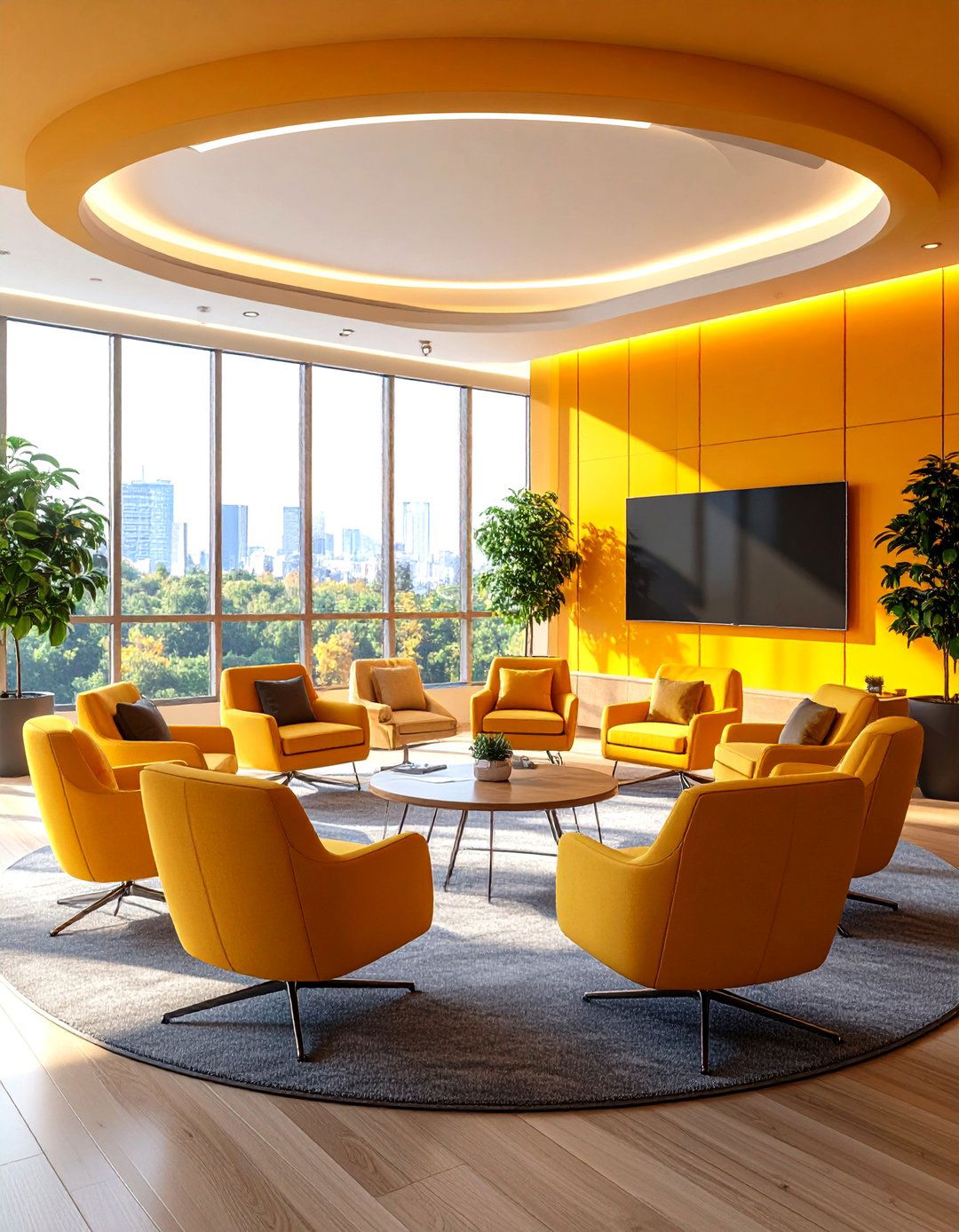
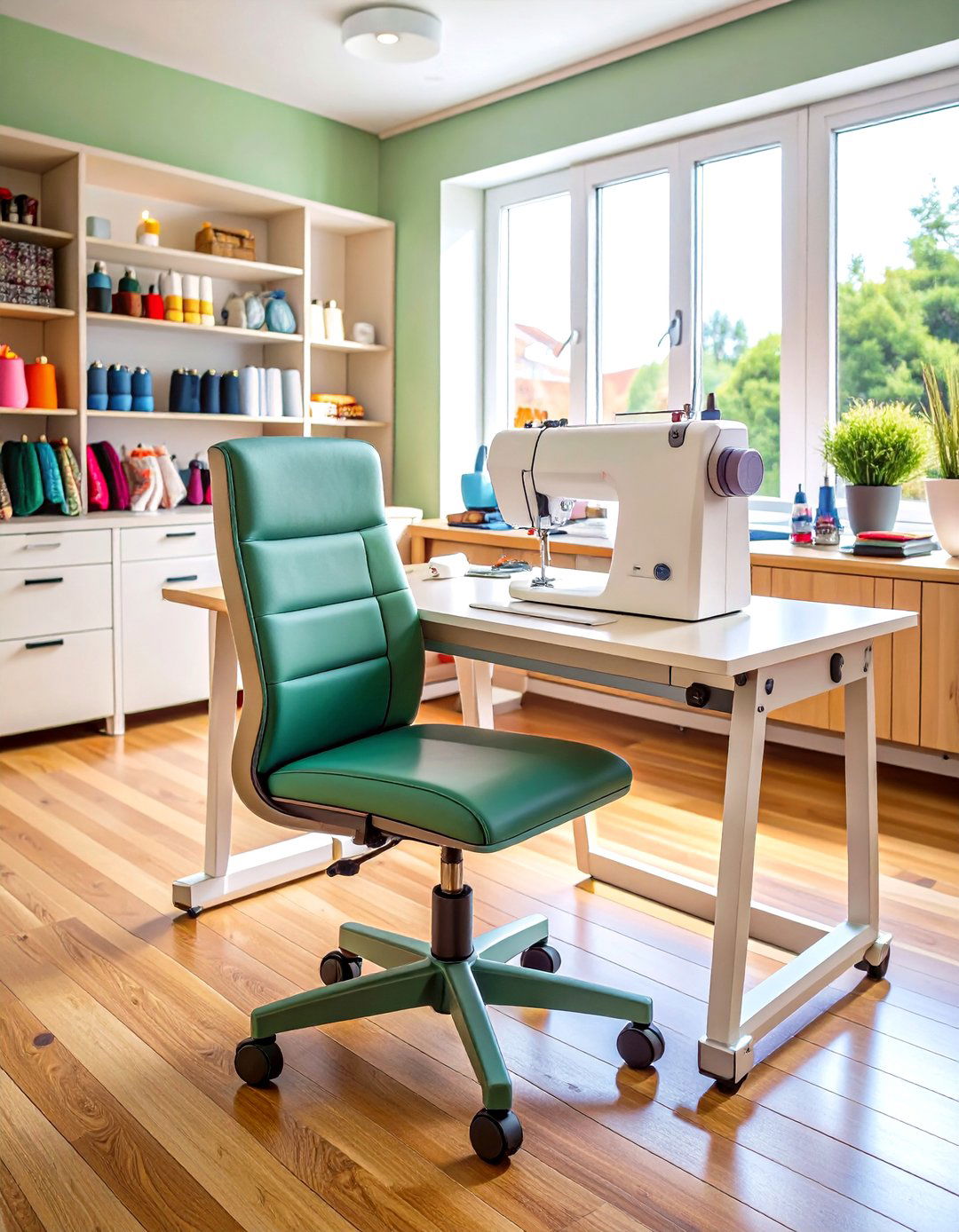
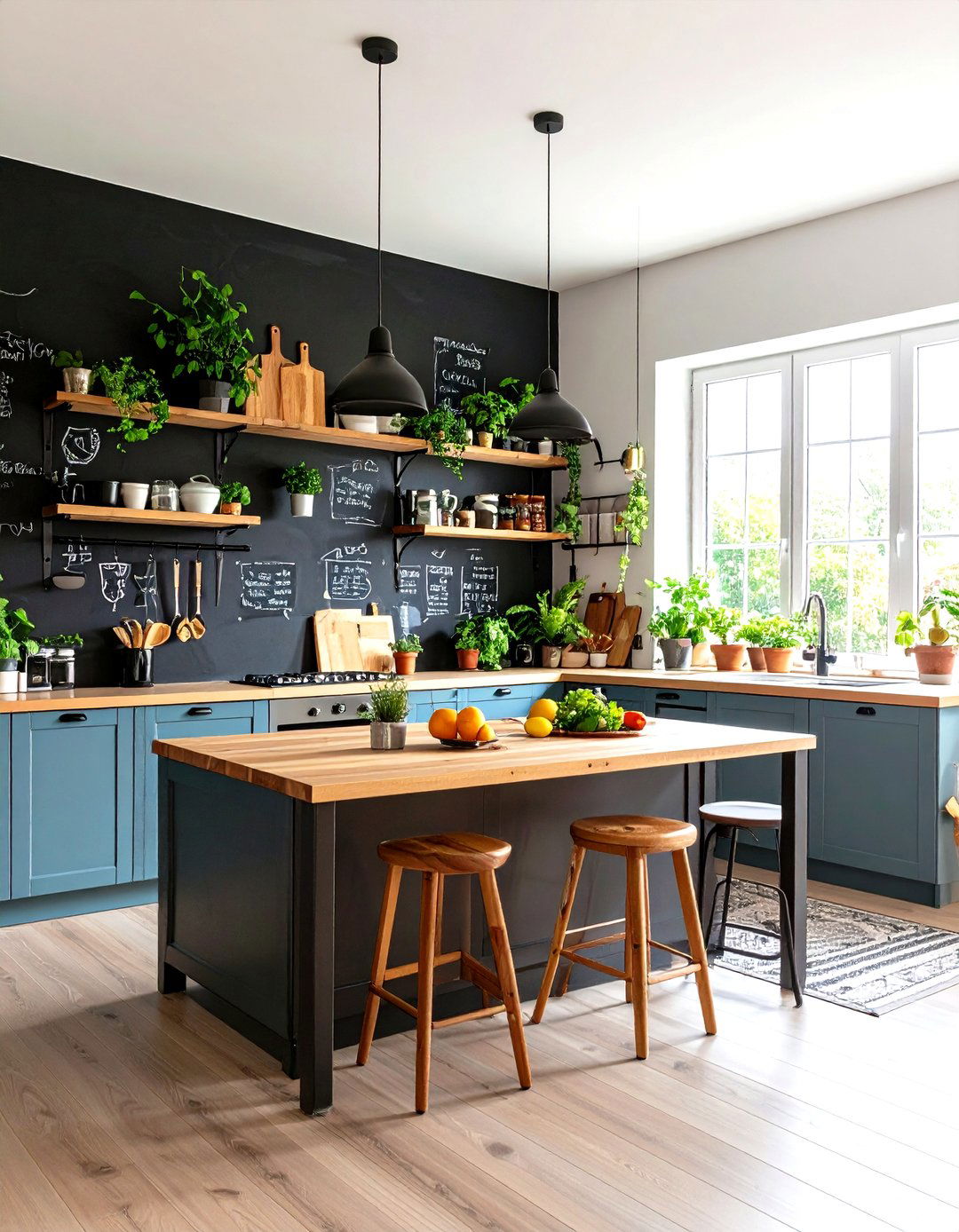


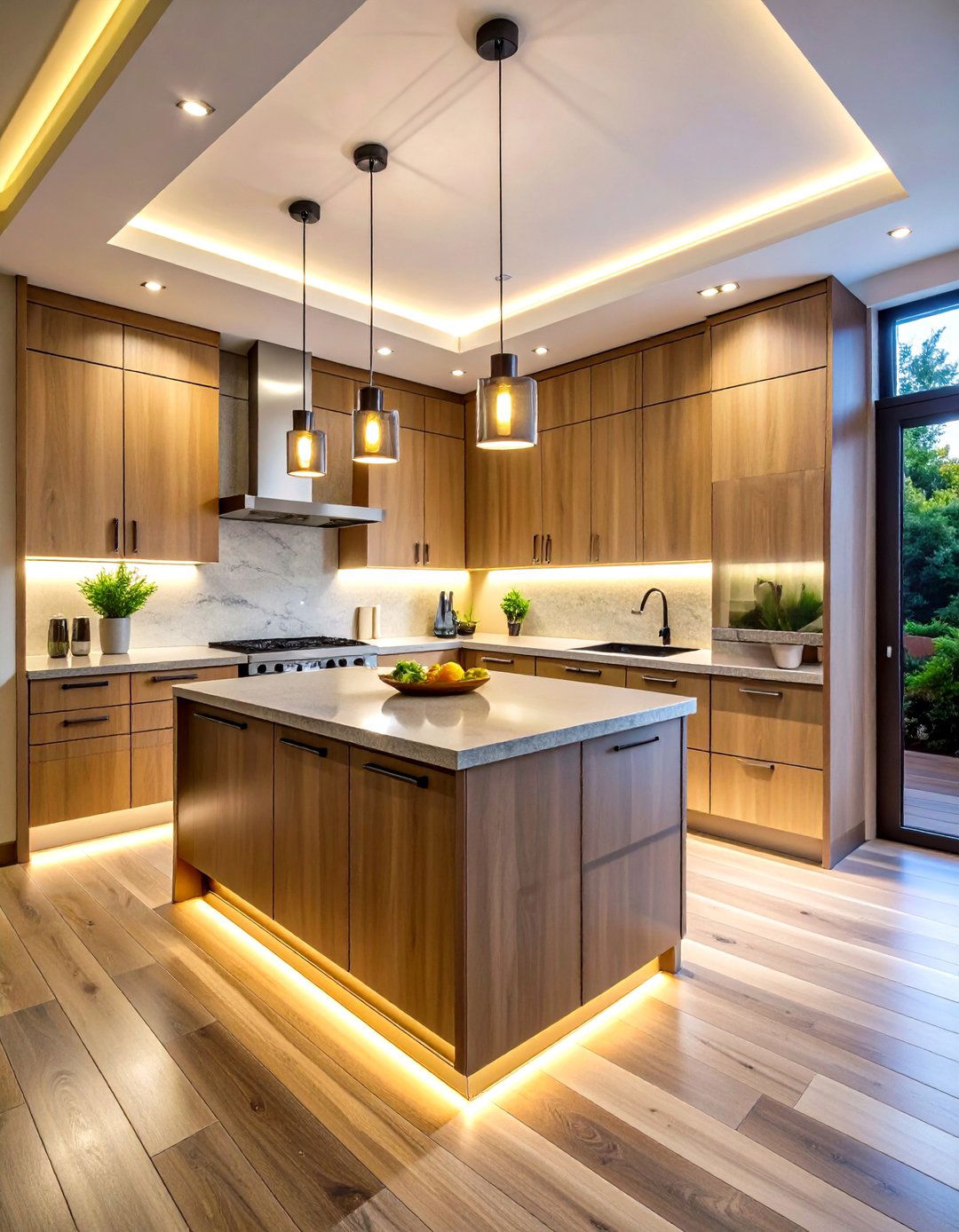
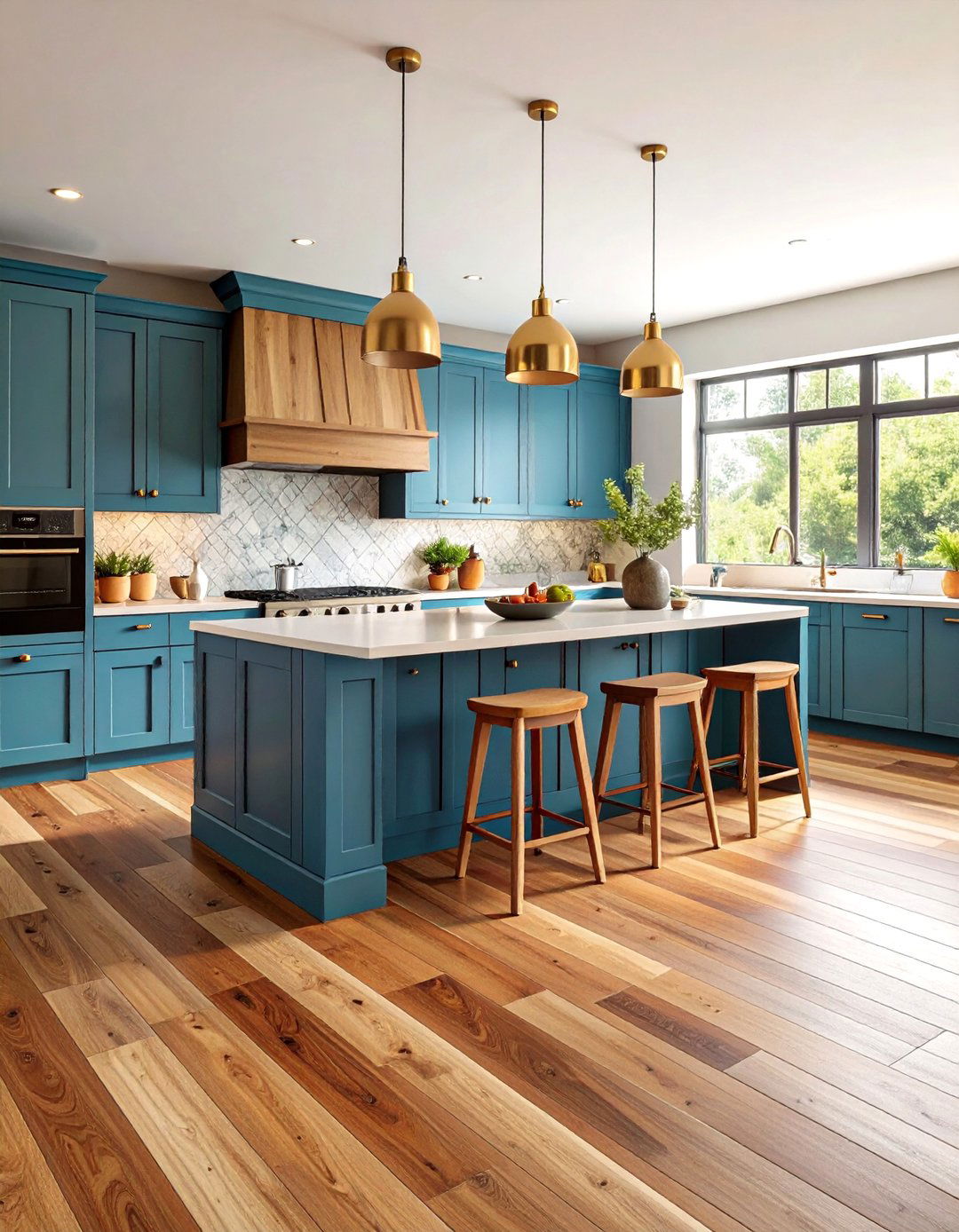
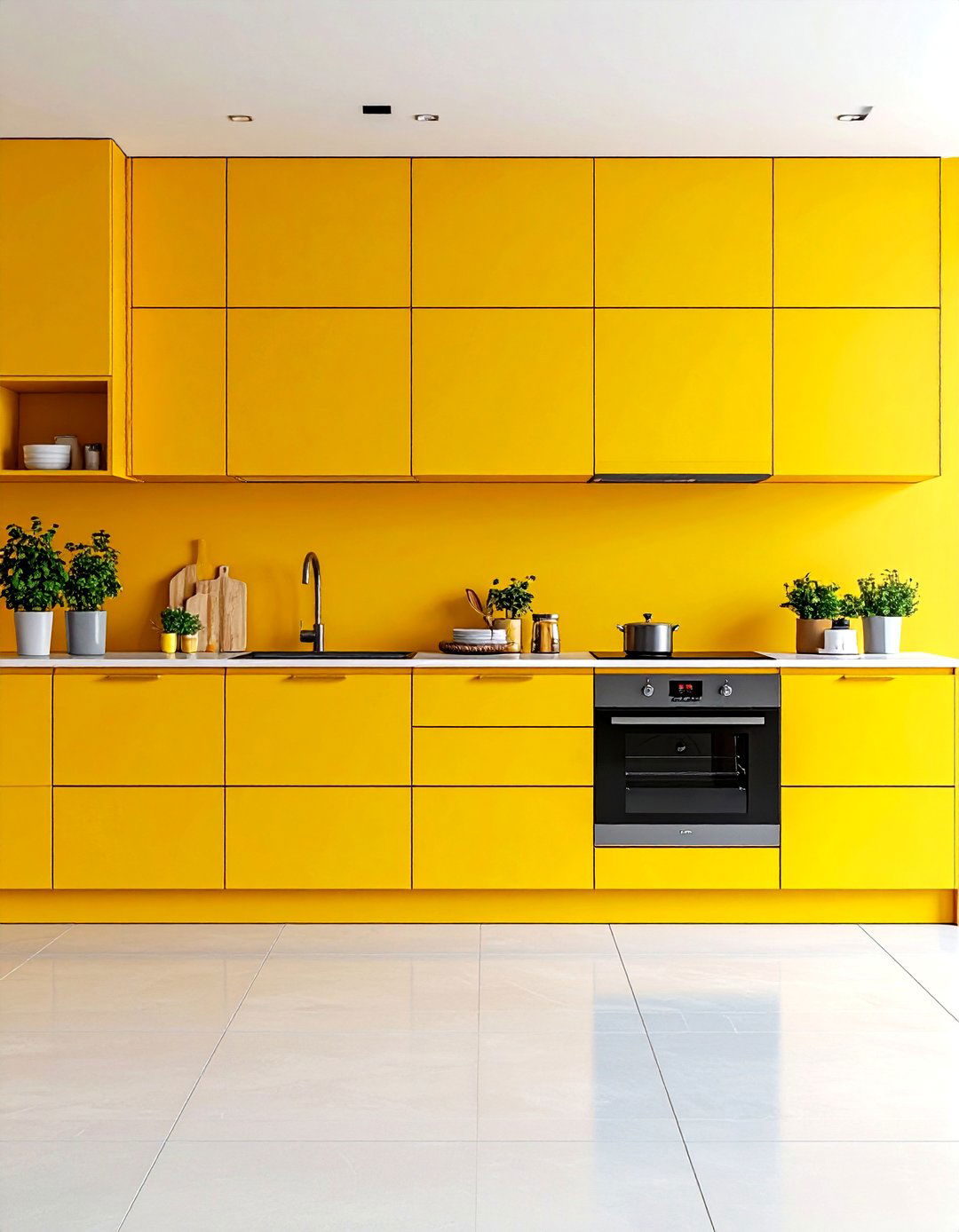


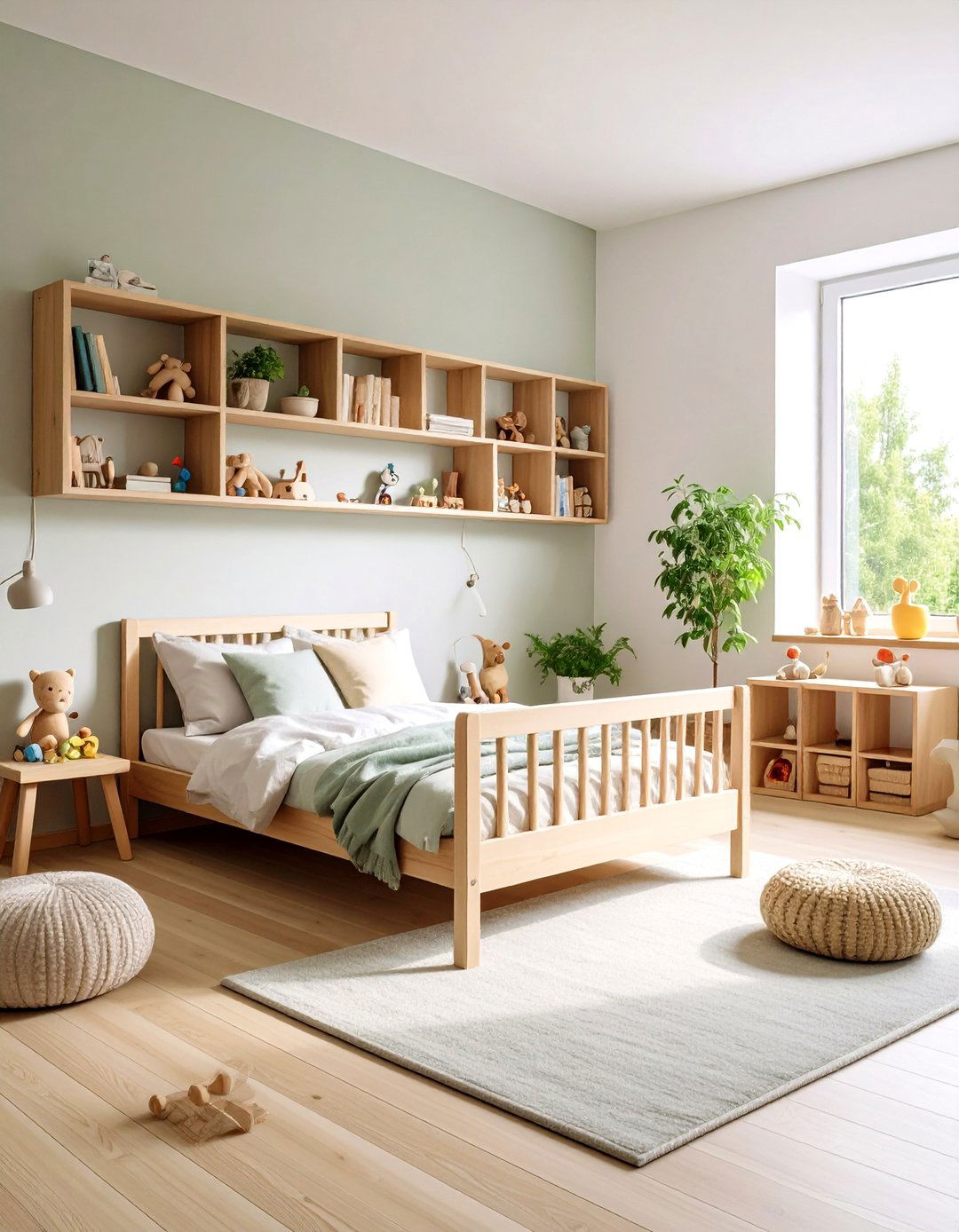
Leave a Reply